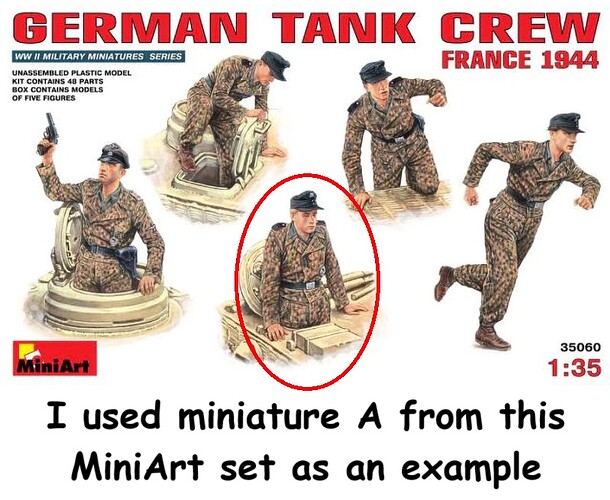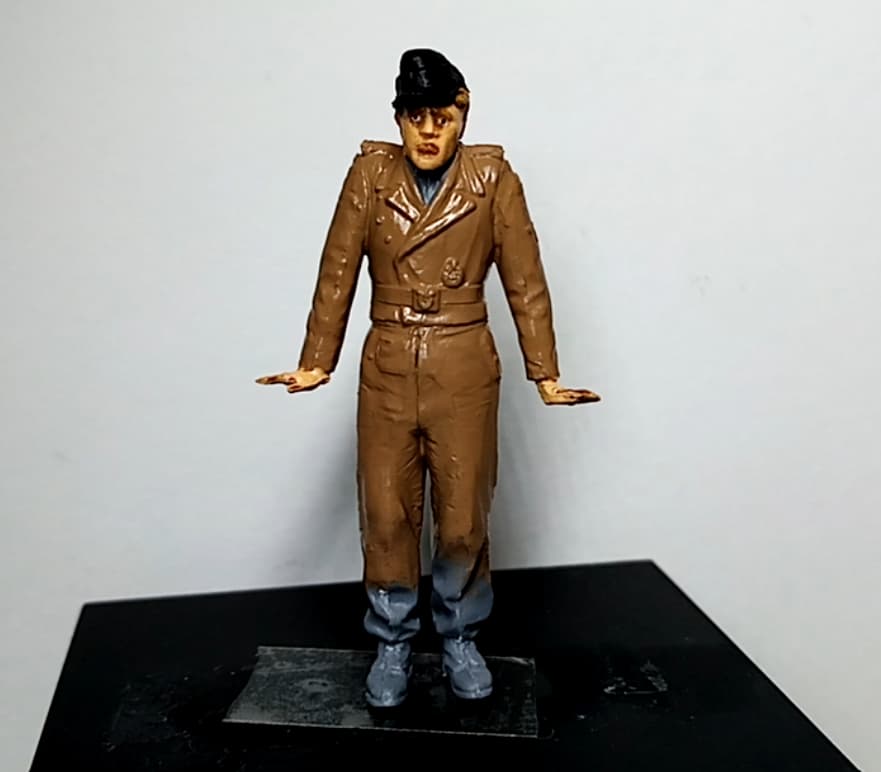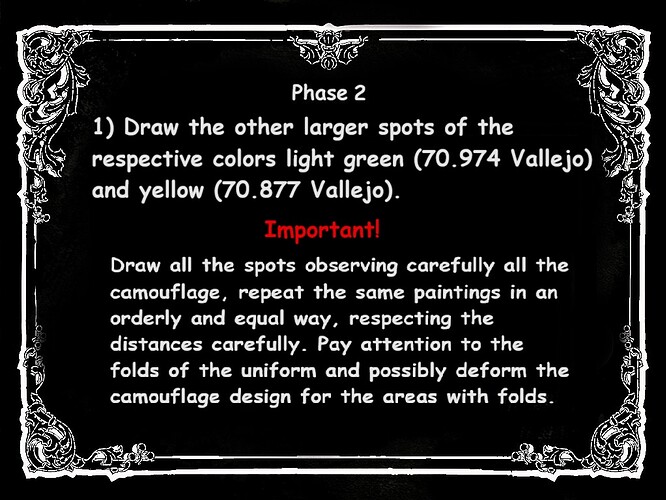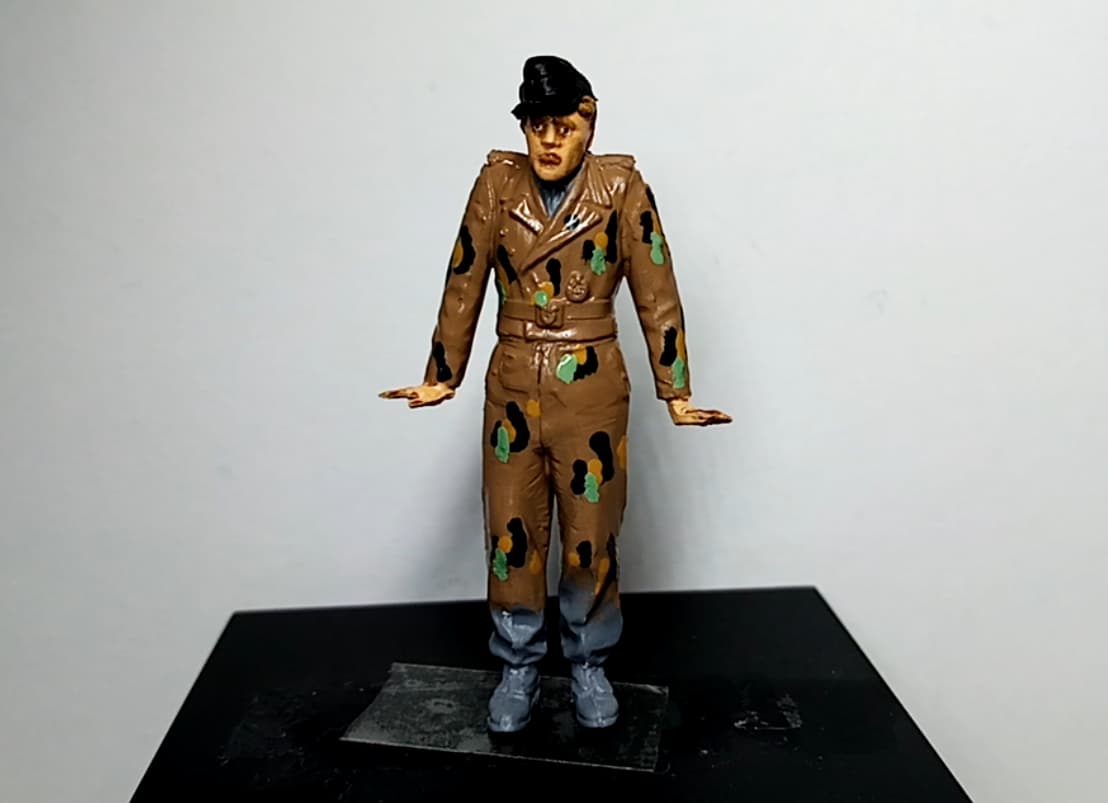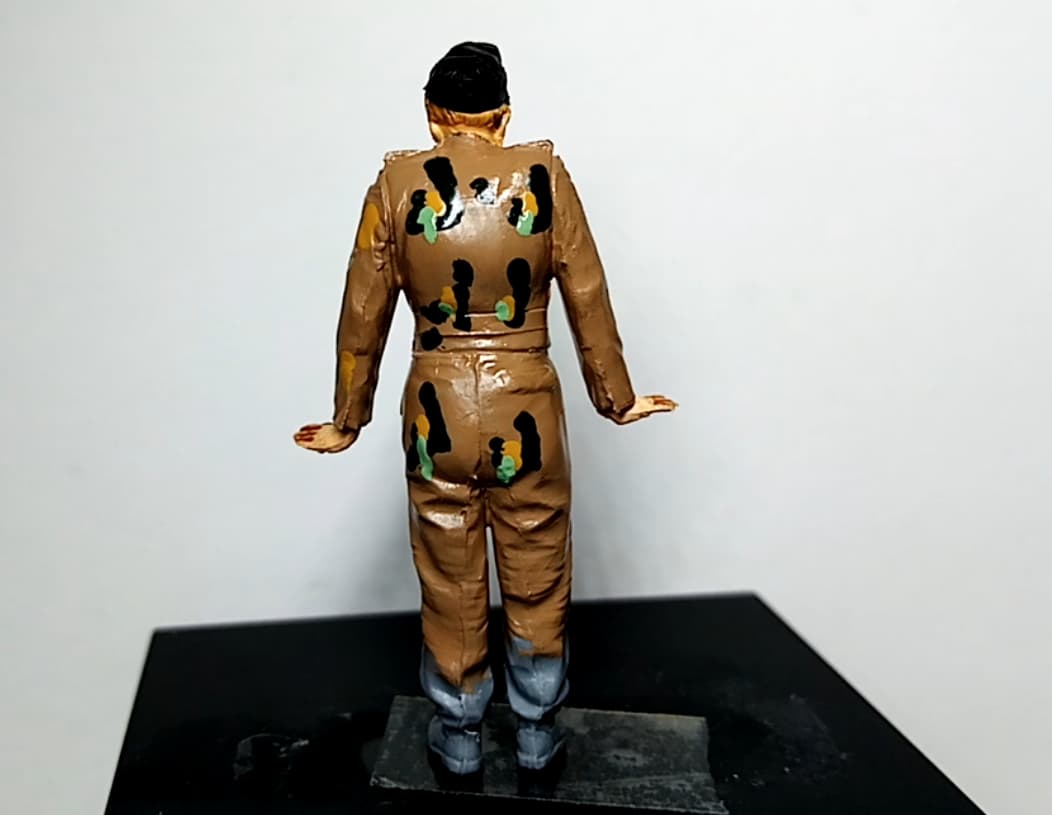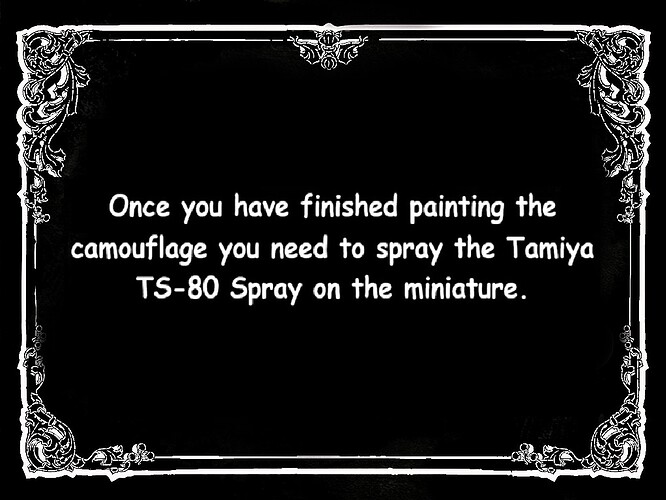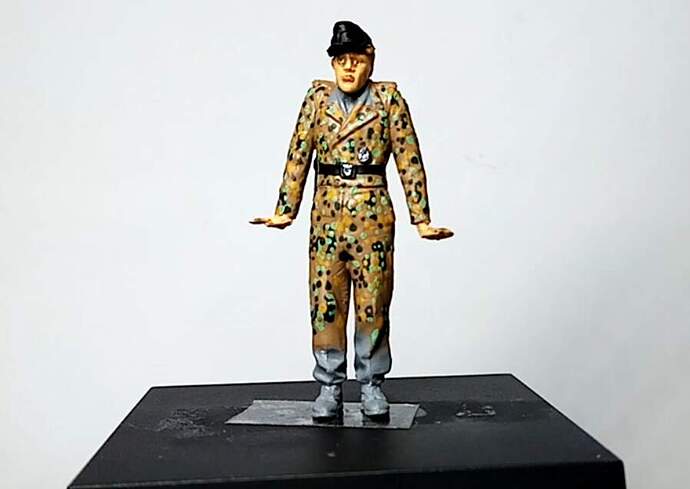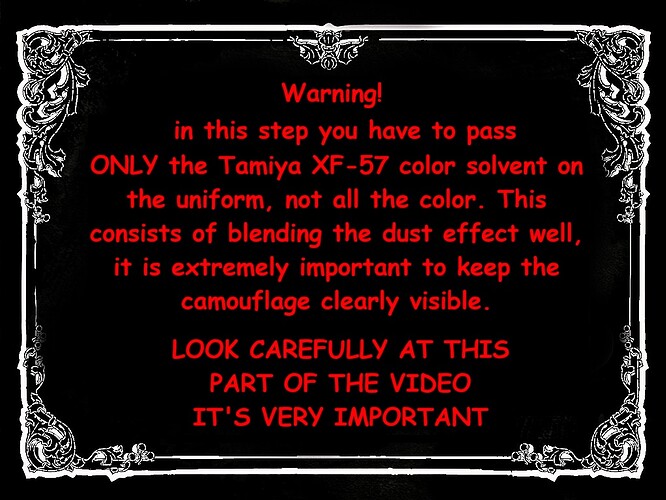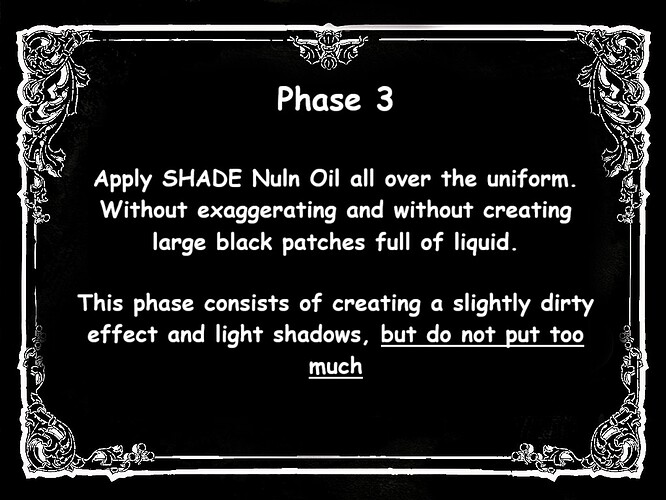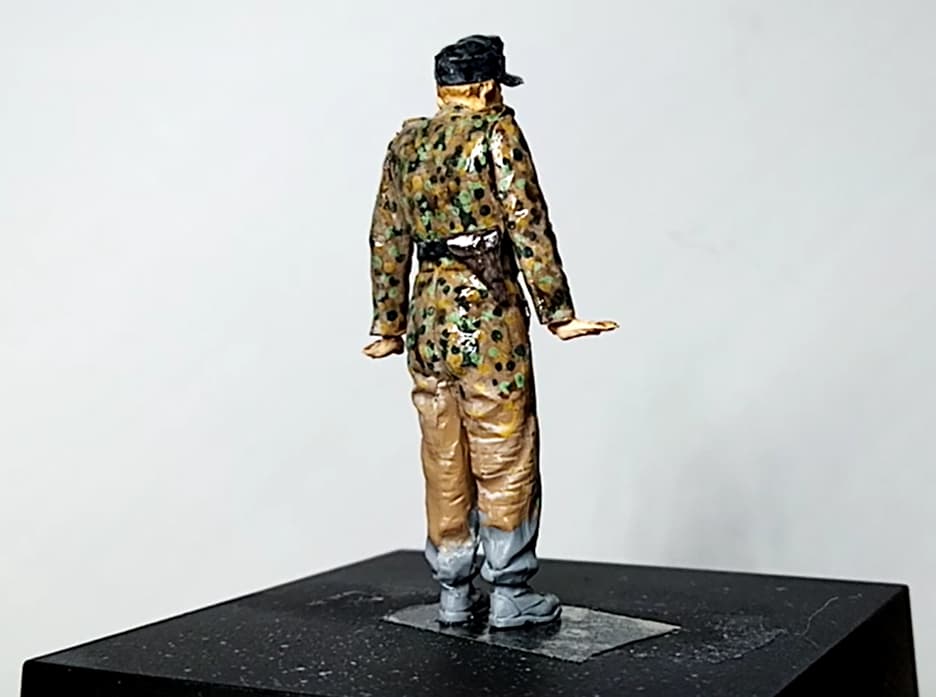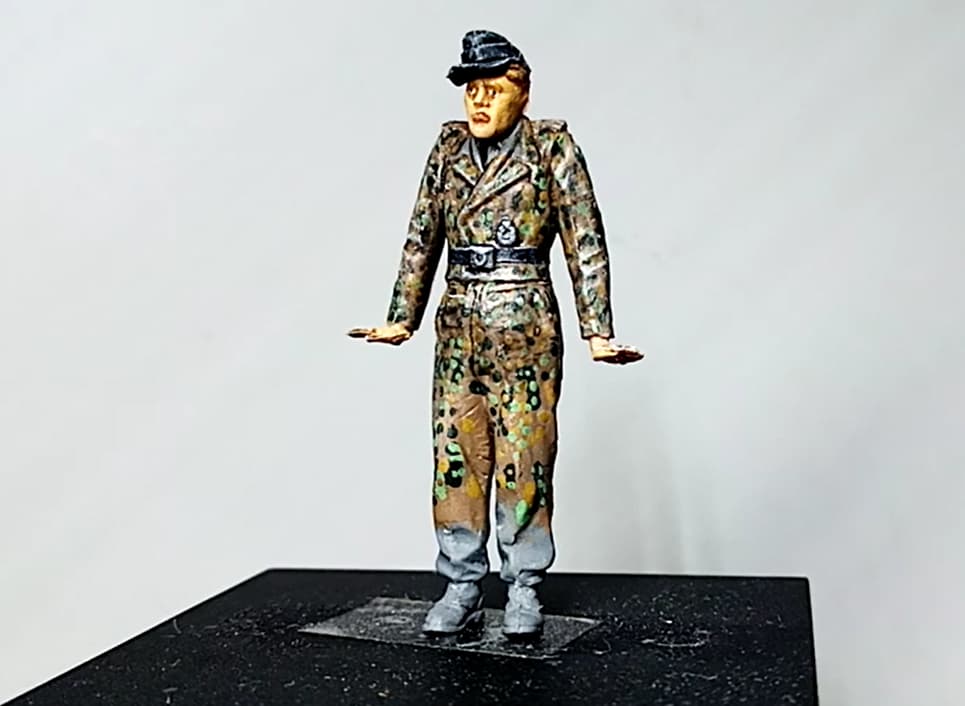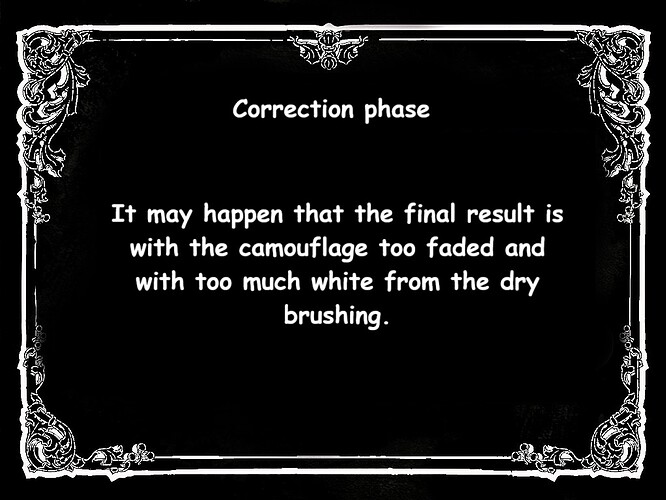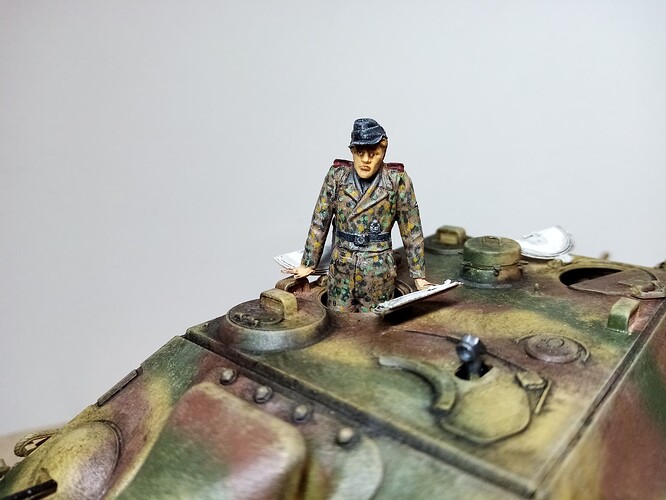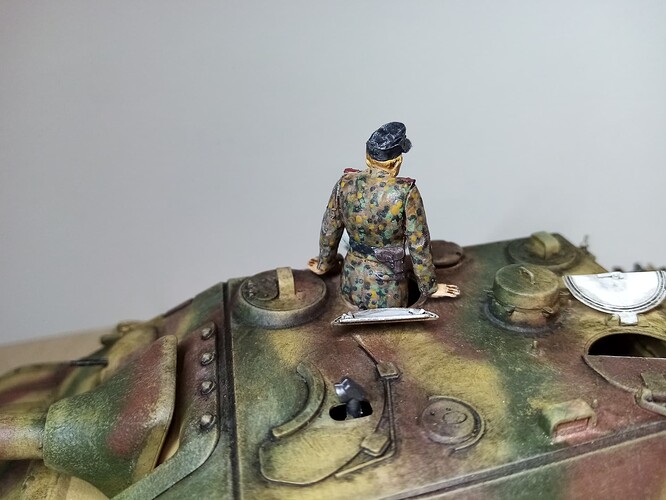In this article, I intend to show step by step my personal technique that I have adopted and used to paint the miniatures that I have painted so far, I hope it can be useful to you.
I used as an example the miniature of the MiniArt German tank crew France 1944 MiniArt 35252 set.
With the German Erbsenmuster camouflage.
It is advisable to watch the video I dedicated to him on YouTube, so that you can carefully see what I do, so as not to make mistakes if you eventually want to paint miniatures with this technique of mine.
I leave the link here: https://www.youtube.com/watch?v=2jVUk0vqGaI&t=206s
With this technique I painted these miniatures, if you are interested in obtaining a similar result to these, with this camouflage in particular (Erbsenmuster) I recommend you read this article and watch the video of which I inserted the link above.
Colors for painting camouflage.
Materials for washing.
The final result of the painting phase should look something like this.
!IMPORTANT! Before the washing phase it is important to spray the miniature with Tamiya TS-80 spray.
Video link, at minute 10:10 the washing phase begins: https://www.youtube.com/watch?v=2jVUk0vqGaI&t=206s
After passing the Dust Effect of the AK, the result must be like this. It is absolutely important not to overdo it or you risk erasing the camouflage.
Apply the Tamiya XF-57 acrylic paint thinner (without the paint, just the thinner, to dilute the Dust effect).
Run Nuln Oil over the camo to highlight details and small creases in the jacket.
After these steps, the final result should look like this. (Apply the Tamiya TS-80 mattifying spray again on the miniature).
After applying the Mattifying Spray, apply a Dry Brushing with Vallejo white color (70.919). Always without exaggerating, so as not to erase the camouflage.
CORRECTION PHASE.
If a correction has been made (as in this case, especially on the sleeves due to the very large folds) it is absolutely recommended to apply a final spray of Tamiya TS-80 Spray, so as to further dull the miniature and ensure that the colours do not come off, “gluing the colours” and making them more solid, without the risk of them coming off.
Final result.
That’s all, I hope you enjoyed this article and that it can be useful in case you want to paint something like this, themed “german soldiers 1944-1945 western front”.
Goodbye have a nice day everyone, thanks for reading and watching.
